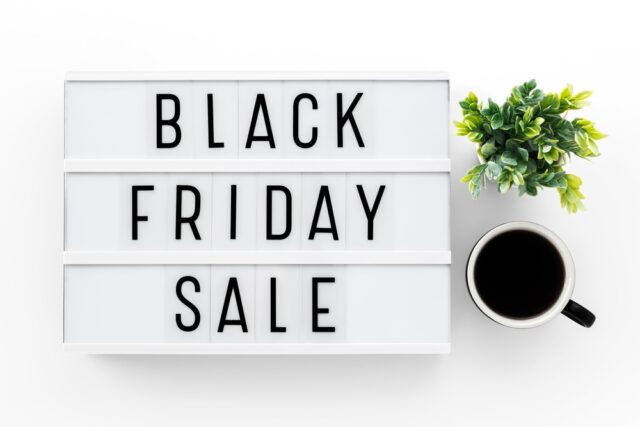Your website is only half the battle. Using channels that exist outside of your organic rankings is the key to success.
Marketplace optimisation
With over 60% of all global online spending happening on marketplaces in 2020, the only question is why wouldn’t you be including this as part of your marketing strategy? With over $2.6 trillion spent, it’s very easy to get lost amongst countless other brands.
If you haven’t set up a customised Amazon storefront, then you’re probably missing out on a major way to promote your brand and your products. And they’re free. So there’s absolutely nothing to stop you from helping shoppers find your items more easily. Customers browsing Amazon may never visit your site, so having a hub that replicates your key products and brand is a great way to connect with potential new customers.
But it’s not just Amazon. A lot of luxury and premium brands will wonder how they can traverse the marketplaces divide. With eCommerce sleeping giant, Farfetch, making waves during the pandemic, a hybrid luxury model is clearly on the horizon, combining the online shopping of today with the in-store experience of more traditional high-end retailers.
Affiliates
Affiliates can be a dirty word in marketing, with an assumption – especially from the old-guard marketers – that it’s still a shark-infested channel, with little moderation or vetting. That couldn’t be further from the truth. Q4 tends to be the busiest time of year for most affiliates, for good reason.
The slightly unfortunate thing for anyone reading this for the first time is that a Q4 affiliate strategy needs to be planned well in advance. Placements are key for staying in front of mind during a very hectic and saturated time of the year. Alas, these frequently get sold up in advance.
Paid search and shopping
The chalice of paid media in Q4 can be golden or poisoned, depending on how you look at it. Q4 tends to be the strongest retail period of the year, but this comes with a few pros and cons.
Buying intent is at its peak, so you can anticipate that your conversion rates will be much stronger, which will obviously drive up your revenue. Your conversion rates can dramatically drop though, if your product isn’t unique and you’re not the best in the market – especially around some key dates.
Costs per click and costs per mile tend to fluctuate wildly, always in the upward direction, so expect your ad budget to be much more diluted than it is during the rest of the year. This means you’ll either need significantly more ad spend, or you’ll need to be smarter with how you allocate it.

Your loyal customers will undoubtedly buy from you anyway. So the main focus here is chasing your new customers, which can be tricky through paid media.
Instead of revenue, profit should be the key differentiator. Chasing huge revenue targets with no thought for the return is the main way you’ll fail this holiday season.
Whether you’re using profit-based bidding on your search campaigns or building out a target return on ad spend on your paid social campaigns, don’t get blindsided by chasing the money. Chase profitable growth instead.
Next week, we look at how to drive long-term impact this holiday season. Don’t fancy waiting until next week? Download the full eBook below for all the data, insights and expert commentary you need to hone your Black Friday strategy.
Oops! We could not locate your form.








